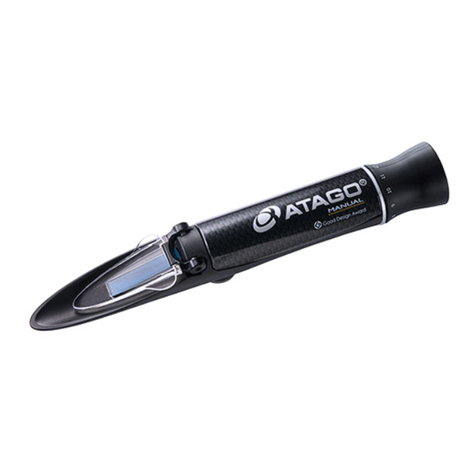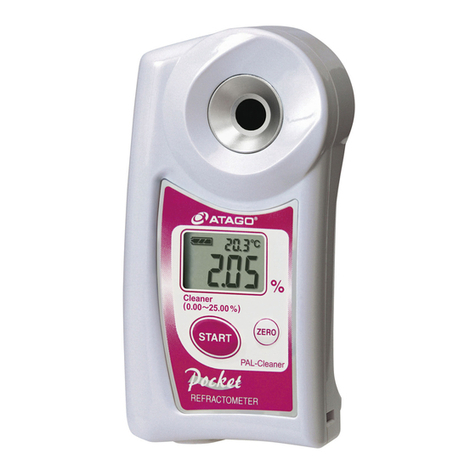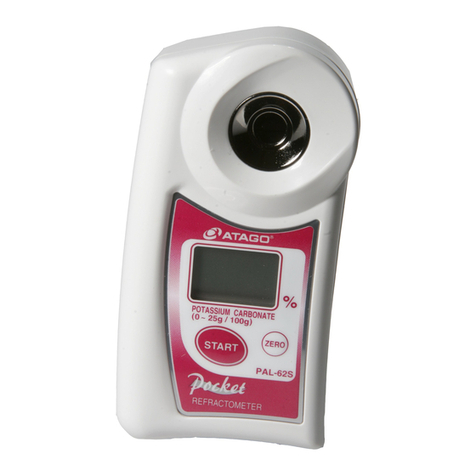ATAGO NAR-2T User manual
Other ATAGO Measuring Instrument manuals
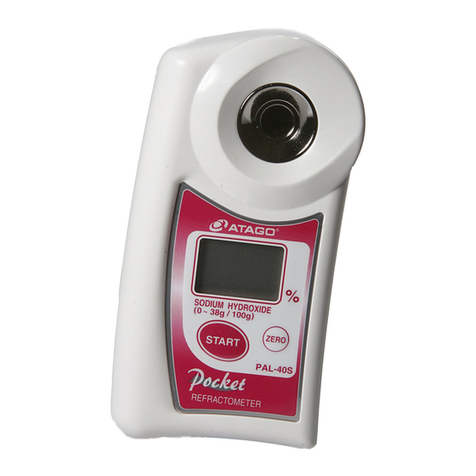
ATAGO
ATAGO PAL-40S User manual
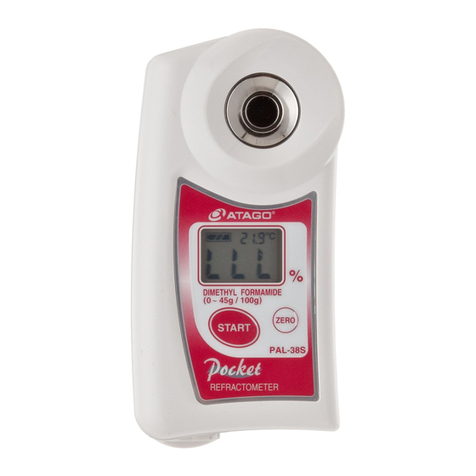
ATAGO
ATAGO PAL-38S User manual
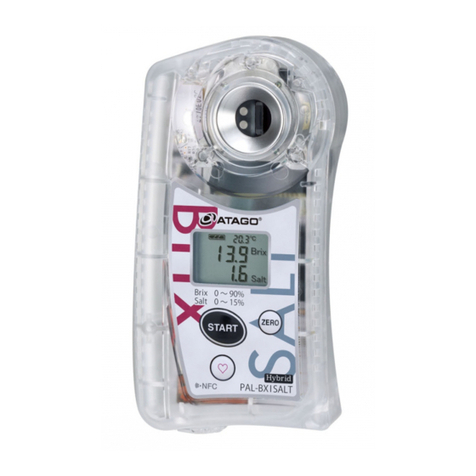
ATAGO
ATAGO PAL-BXISALT User manual

ATAGO
ATAGO PAL-BXIACID3 User manual
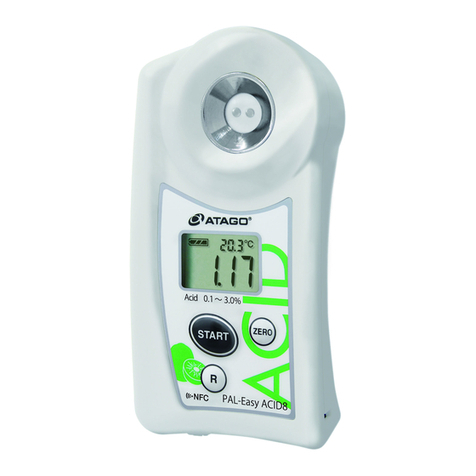
ATAGO
ATAGO PAL-Easy ACID8 User manual
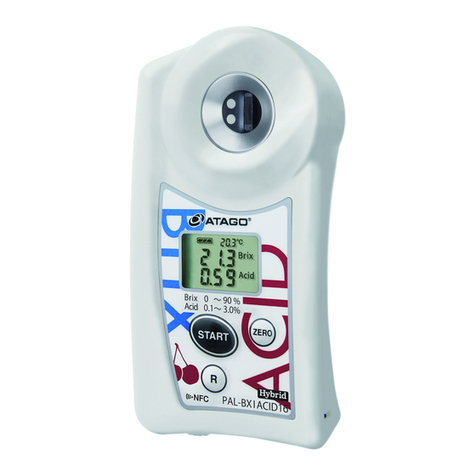
ATAGO
ATAGO PAL-Easy ACID16 User manual
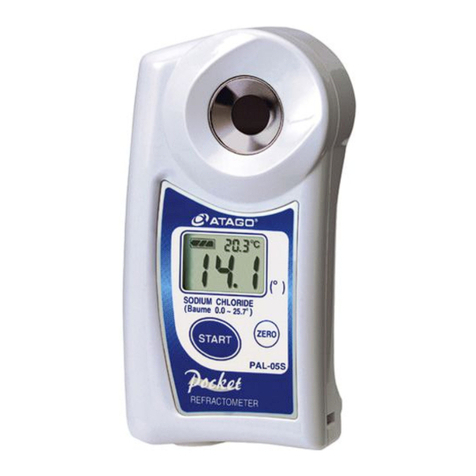
ATAGO
ATAGO PAL-05S User manual

ATAGO
ATAGO PAL-Easy ACID6 User manual
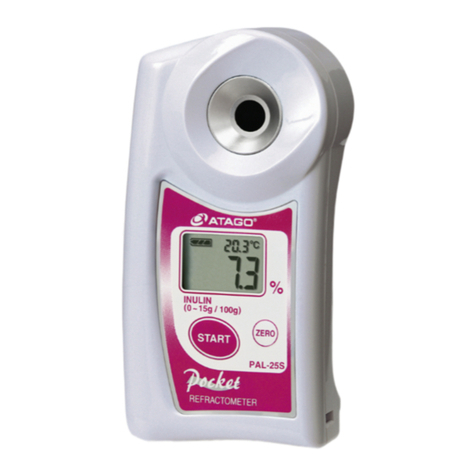
ATAGO
ATAGO PAL-25S User manual
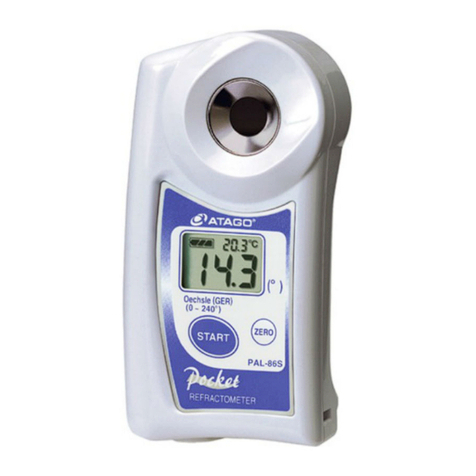
ATAGO
ATAGO PAL-86S User manual
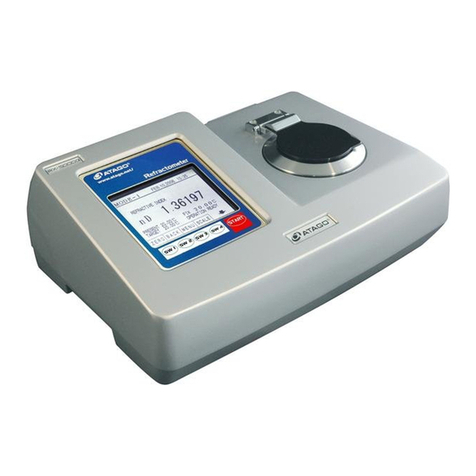
ATAGO
ATAGO RX-7000a Manual
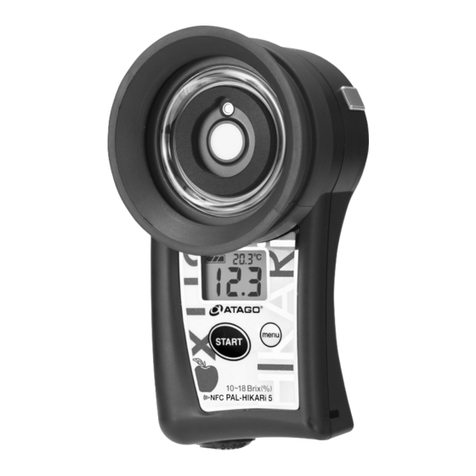
ATAGO
ATAGO PAL-HIKARi 5 User manual
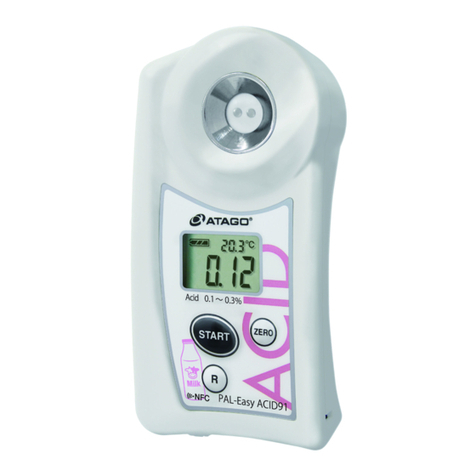
ATAGO
ATAGO PAL-Easy ACID91 User manual

ATAGO
ATAGO PAL-26S User manual
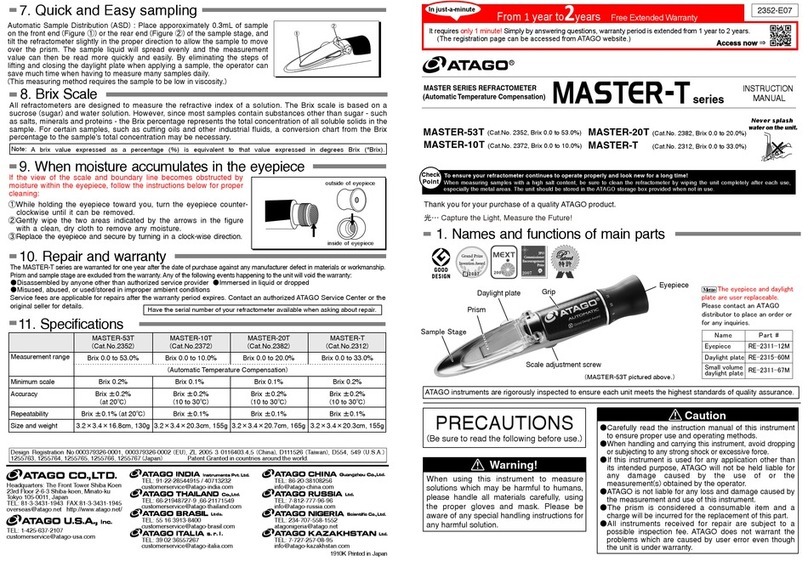
ATAGO
ATAGO MASTER Series User manual

ATAGO
ATAGO PAL-83S User manual
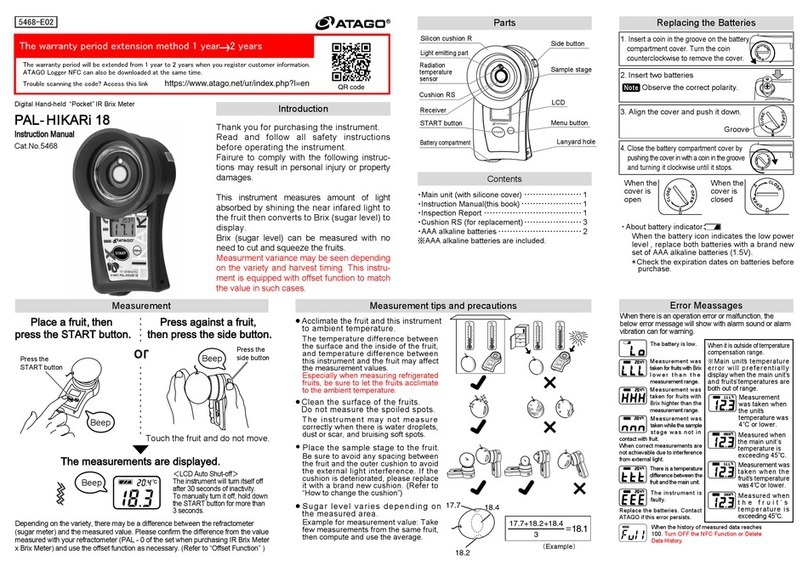
ATAGO
ATAGO 5468 User manual
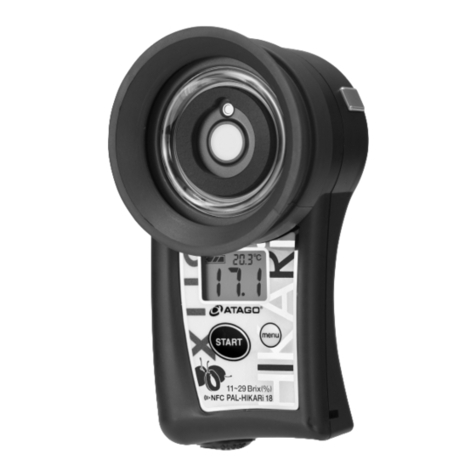
ATAGO
ATAGO PAL- HIKARi 18 User manual

ATAGO
ATAGO PAL-24S User manual
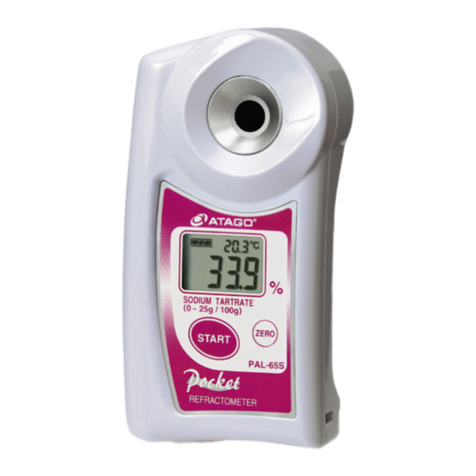
ATAGO
ATAGO PAL-65S User manual
Popular Measuring Instrument manuals by other brands

Powerfix Profi
Powerfix Profi 278296 Operation and safety notes

Test Equipment Depot
Test Equipment Depot GVT-427B user manual

Fieldpiece
Fieldpiece ACH Operator's manual

FLYSURFER
FLYSURFER VIRON3 user manual

GMW
GMW TG uni 1 operating manual

Downeaster
Downeaster Wind & Weather Medallion Series instruction manual

Hanna Instruments
Hanna Instruments HI96725C instruction manual

Nokeval
Nokeval KMR260 quick guide

HOKUYO AUTOMATIC
HOKUYO AUTOMATIC UBG-05LN instruction manual

Fluke
Fluke 96000 Series Operator's manual

Test Products International
Test Products International SP565 user manual

General Sleep
General Sleep Zmachine Insight+ DT-200 Service manual
